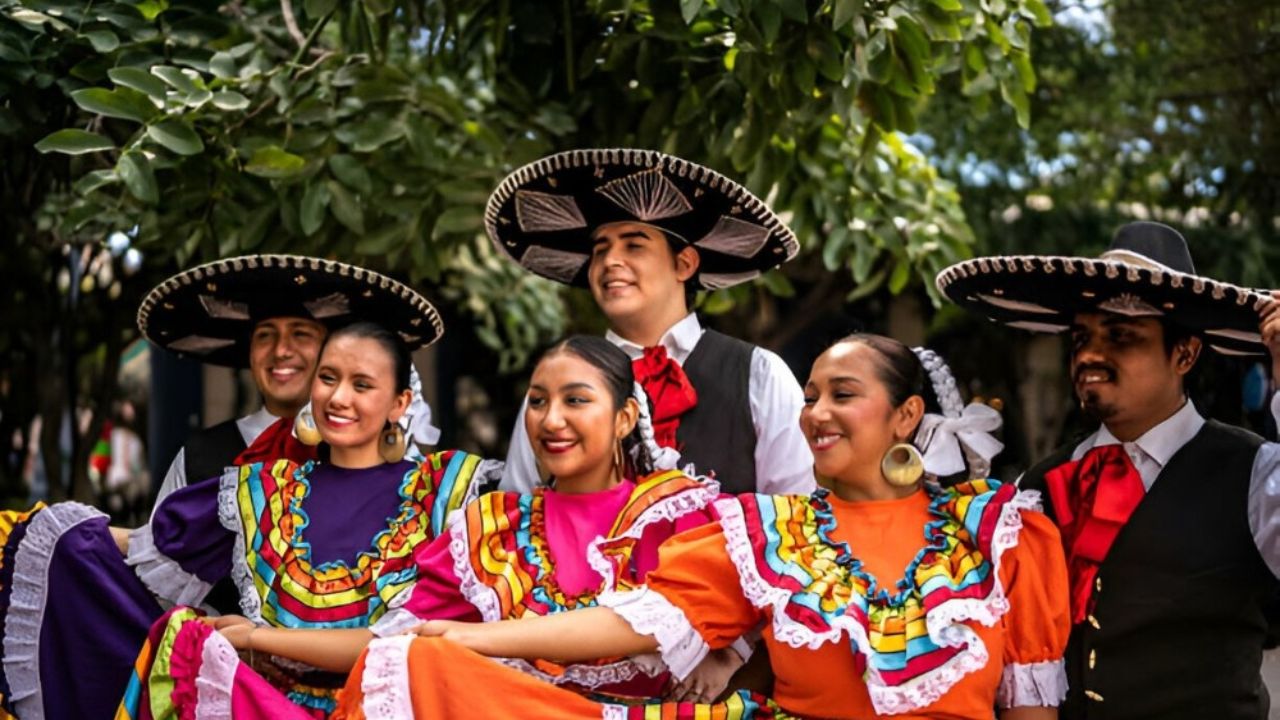The Amaziğ people, often recognized as the original inhabitants of North Africa, have a rich and complex cultural tapestry that has significantly shaped the region’s history and identity. For history buffs, cultural enthusiasts, and travel bloggers, the Amaziğ represent a fascinating study of resilience, adaptation, and influence. In this article, we will unfold the profound heritage of the Amaziğ, exploring their historical trajectory, cultural practices, and modern-day endeavors. Join us on this captivating journey to understand how the Amaziğ continue to thrive and preserve their legacy.
Introduction to the Amaziğ People
The Amaziğ, commonly referred to as Berbers, are believed to have inhabited North Africa for thousands of years. Their significance is not only embedded in the regional history but also in the broader context of world civilizations. Known for their warrior spirit and adaptability, the Amaziğ have contributed extensively to North African culture, shaping its languages, arts, and social structures. Their presence spans from the Mediterranean coast to the depths of the Sahara Desert, making them a crucial element of the continent’s diverse cultural mosaic.
Historical Journey of the Amaziğ
The origins of the Amaziğ people trace back to an era long before recorded history, with archaeological evidence suggesting their existence as far back as 10,000 BCE. Over millennia, they have endured numerous invasions, including those by the Phoenicians, Romans, Arabs, and French. Each wave of conquest brought challenges and opportunities for the Amaziğ to evolve their unique identity. Despite these external influences, the Amaziğ maintained a steadfast commitment to their traditions and autonomy, often leading to fierce resistance against colonization and foreign rule.
Culture and Traditions of the Amaziğ
The cultural heritage of the Amaziğ is a vibrant tapestry woven with language, art, music, and traditional practices. Tamazight, the native language of the Amaziğ, is a testament to their resilience, having survived numerous attempts at suppression. The arts and crafts of the Amaziğ, including intricate jewelry, pottery, and textiles, reflect the richness of their cultural expressions. Music and dance are integral to their social fabric, with traditional instruments like the bendir and the ghaita creating rhythmic sounds that accompany celebrations and rituals.
Influences and Contributions of the Amaziğ
The Amaziğ have made remarkable contributions to various fields, leaving an indelible mark on global culture and knowledge. In science, they have been credited with advancements in agriculture and astronomy, while their philosophical insights have influenced thinkers across cultures. Architecturally, the influence of Amaziğ design can be seen in the iconic kasbahs and traditional dwellings that dot the North African landscape. These structures not only serve as functional spaces but also as symbols of the Amaziğ’s enduring legacy.
Modern Day Amaziğ
Today, the Amaziğ are faced with both challenges and triumphs as they strive to preserve their cultural identity in a rapidly changing world. Efforts to revitalize the Tamazight language and integrate it into educational systems are gaining momentum, fostering a sense of pride and unity among younger generations. Additionally, the Amaziğ are increasingly asserting their rights and representation in political and social spheres, gaining recognition and respect for their distinct cultural contributions.
Amaziğ Heritage Sites
For those eager to explore the tangible remnants of Amaziğ culture, North Africa is home to numerous heritage sites and landmarks. From the ancient city of Timgad in Algeria to Morocco’s Aït Benhaddou, these locations offer a glimpse into the architectural and historical significance of the Amaziğ people. These sites not only attract visitors for their beauty but also serve as reminders of the rich cultural tapestry that the Amaziğ have woven over centuries.
You May Also Like: Ovestæ Tradition Meets Innovation in a New Era of Sustainability
Conclusion
The enduring legacy of the Amaziğ is a testament to their resilience, adaptability, and unwavering commitment to preserving their heritage. As we celebrate and learn from their rich history, we are reminded of the importance of cultural preservation for future generations. Whether through exploration, education, or advocacy, the Amaziğ invite us all to be part of their story. Share your experiences, visit their heritage sites, and immerse yourself in the vibrant world of the Amaziğ.
FAQs
Who are the Amaziğ people?
The Amaziğ, also known as Berbers, are the indigenous people of North Africa, known for their rich cultural heritage and historical significance.
What is the Amaziğ language?
Tamazight is the native language of the Amaziğ people, reflecting their cultural identity and resilience.
What are some notable contributions of the Amaziğ?
The Amaziğ have contributed to agriculture, astronomy, philosophy, and architecture, leaving a lasting impact on global culture.
Where can I explore Amaziğ heritage sites?
North Africa is home to many Amaziğ heritage sites, including Timgad in Algeria and Aït Benhaddou in Morocco.
How are the Amaziğ preserving their culture today?
The Amaziğ are revitalizing their language, advocating for their rights, and promoting cultural education to preserve their heritage.











